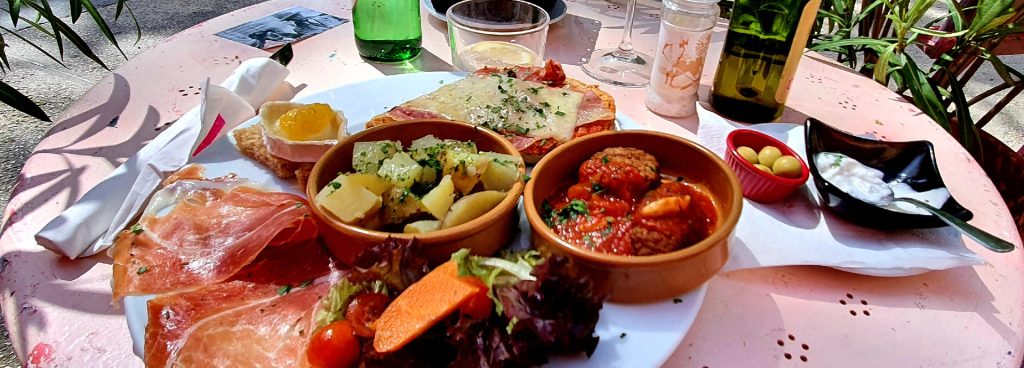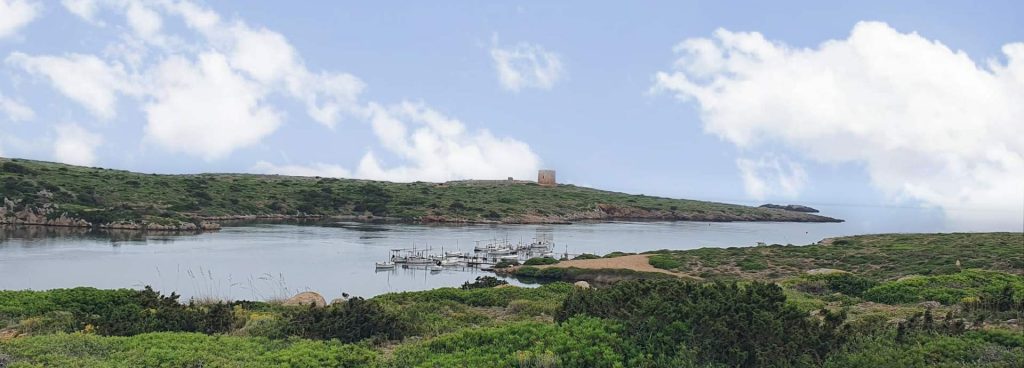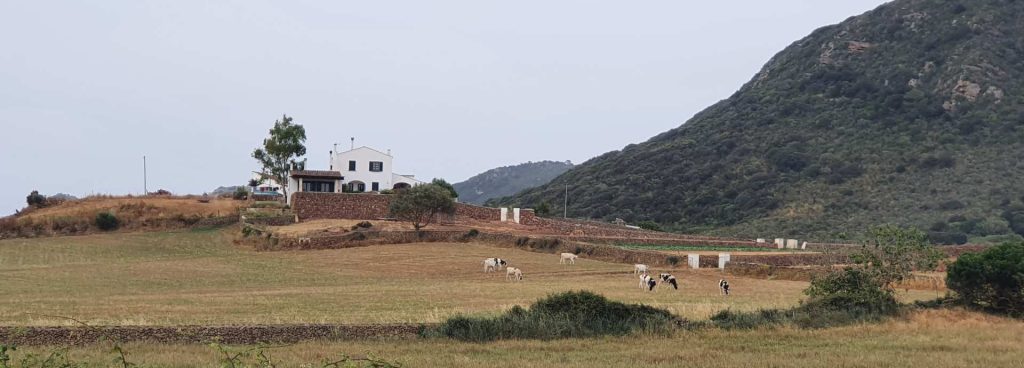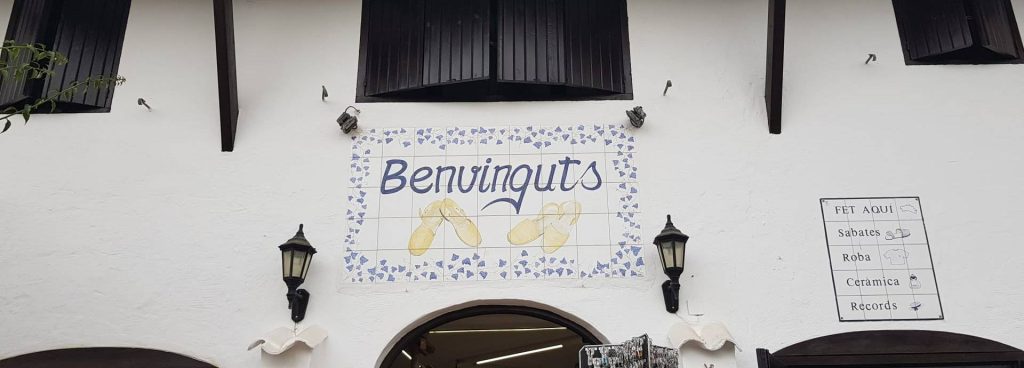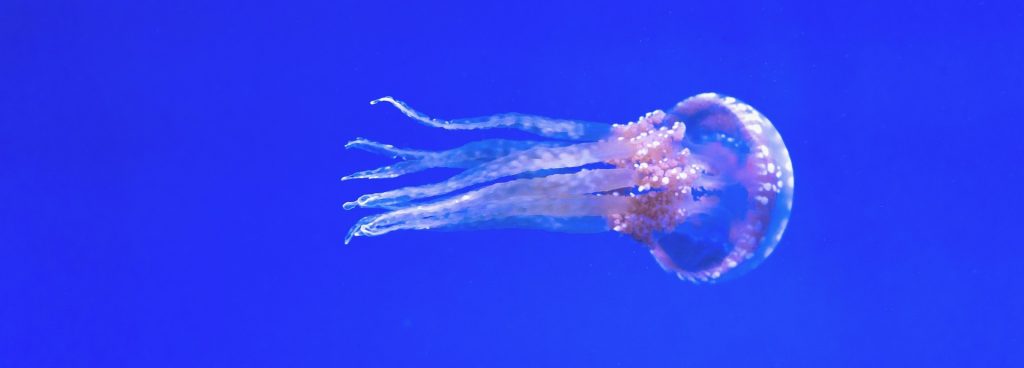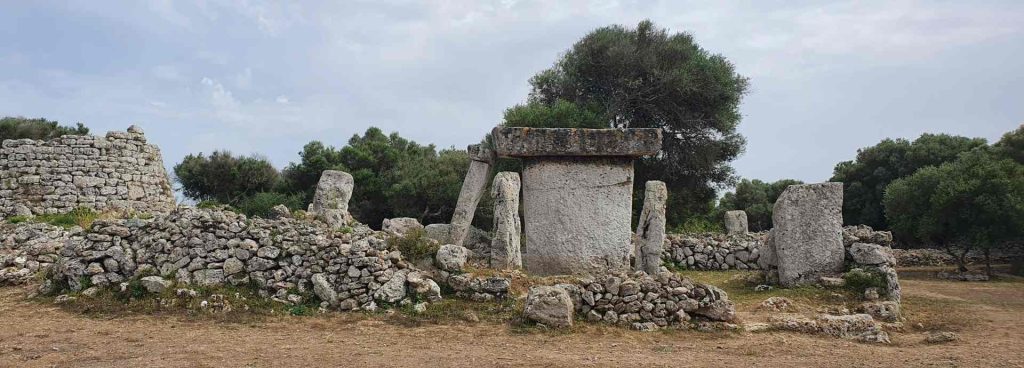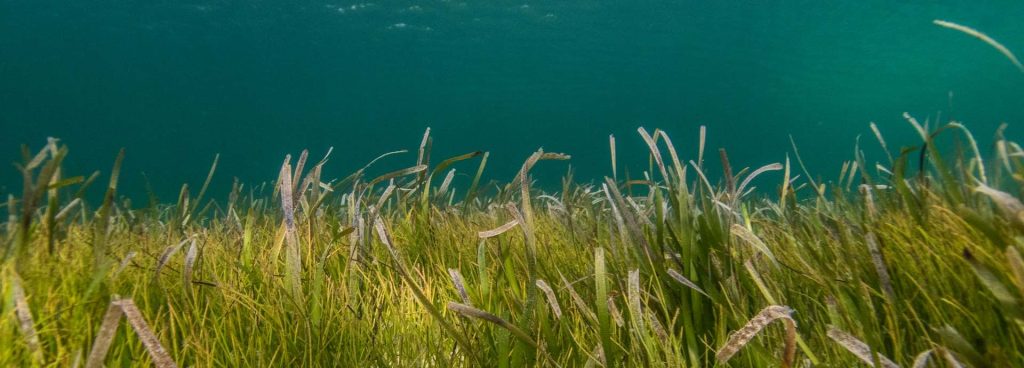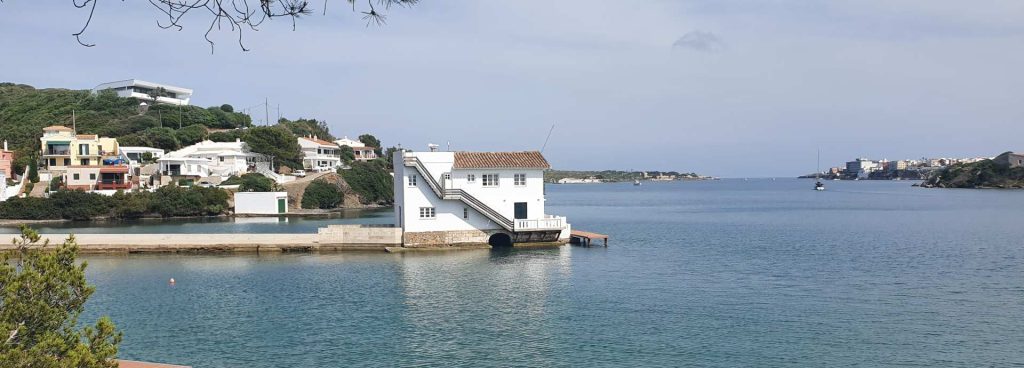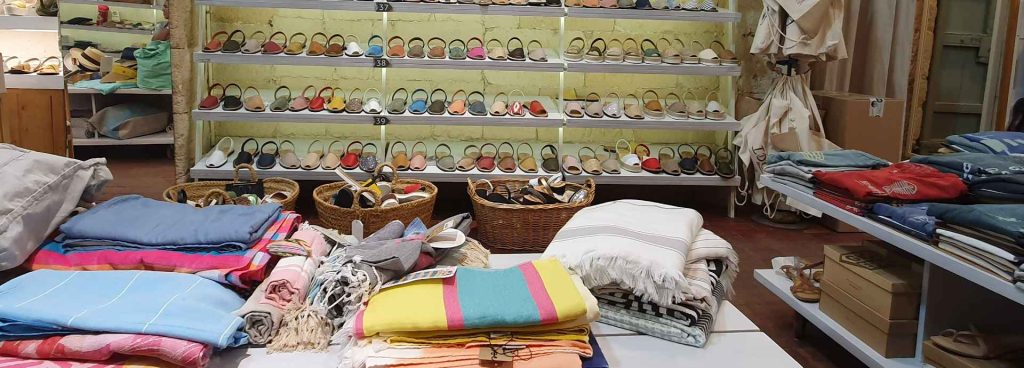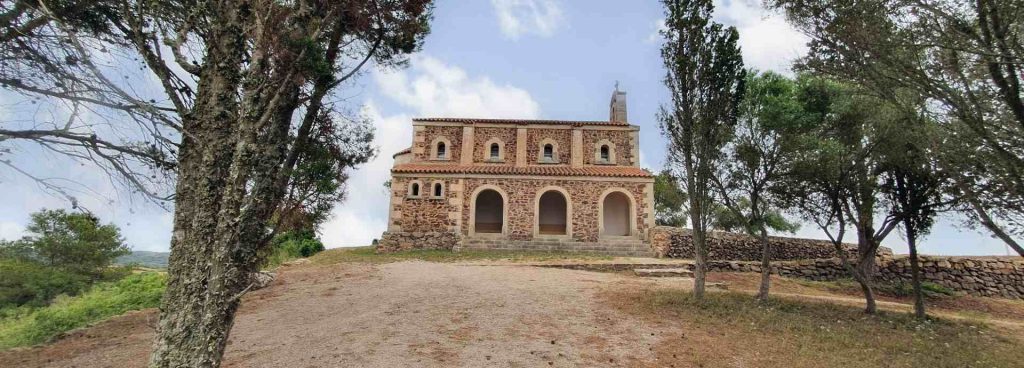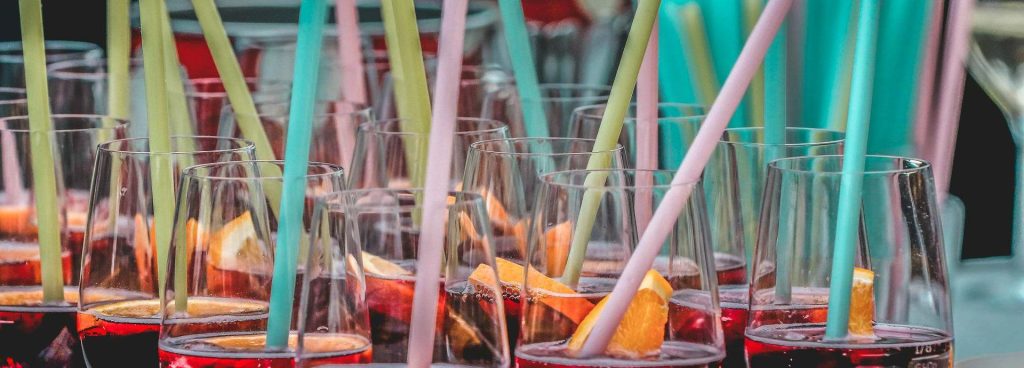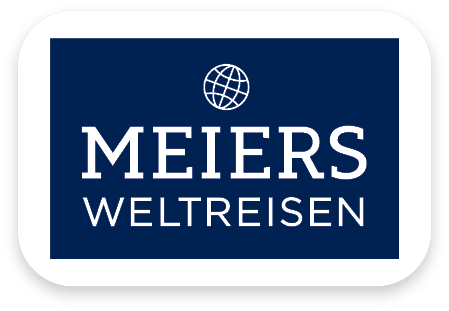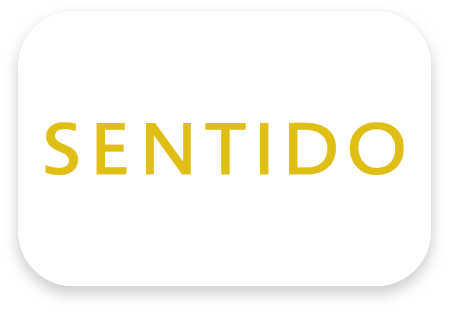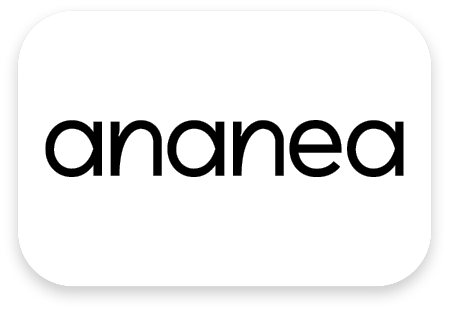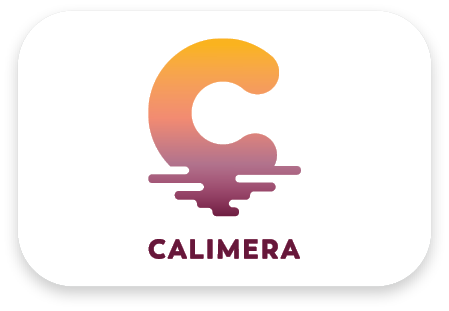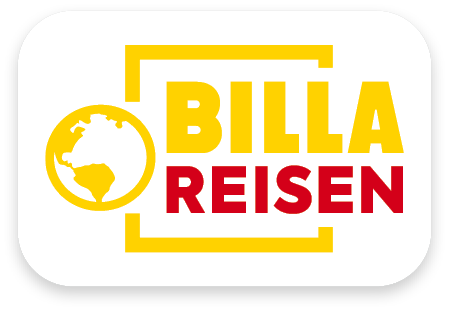geography and vegetation
Geography
Together with the islands of Mallorca, Ibiza and Formentera, Menorca forms the autonomous archipelago of the Balearic Islands. Menorca is the northeasternmost of the three islands and lies on the 40th degree of latitude, ie further south than Madrid, Naples or Istanbul. As the second largest of the Balearic Islands, Menorca has a total area of 701 m². The north-south extension is 17 km, the west-east extension 50 km.
The Spanish mainland is approx. 260 km away, the largest Balearic island Mallorca approx. 40 km away. Menorca has about 92.500 inhabitants. Capital and at the same time largest city of the island is Mahón with approx. 29.000 inhabitants; the second largest city is Ciutadella with approx. 28.000 inhabitants.
In terms of landscape, Menorca is rather hilly, the highest elevation is Monte Toro at 357 m. The north and east are characterized by rocky reefs that drop steeply towards the sea and fjord-like arms of water that cut deep into the land. In the south and west, on the other hand, you will find flat beaches and beautiful sandy bays.
vegetation
The lack of major elevations is a factor in Menorca's climate. The legendary Tramontana whistles across the island from December to February in particular: a cold, dry wind that comes from Eastern Europe over the Alps to here on Menorca. Due to this wind, the vegetation is not as lush as that of the other Balearic Islands.
Above all Ullastre - a shrubby wild form of the olive tree - as well as rush bushes, mastic bushes, figs and almond trees thrive here, as well as isolated grapevines and pomegranate trees. The dominant tree species are the pine and the evergreen holm oak.
The south of Menorca consists of limestone, from the fragments of which the many conspicuous border walls are layered. They are often meters high and cover the island like a net. The walls serve as field boundaries and wind protection at the same time. Properties, gardens, pastures, fields, even groups of trees and individual trees are bordered with it. In the north of Menorca, clay and slate rocks form a wooded hilly landscape, with white farms on the heights.
language and people
Like the Mallorquins, the Menorcans speak a Catalan dialect, the Menorquin. Most of the islanders live here in the cities. Only a third of the population lives in rural areas.

